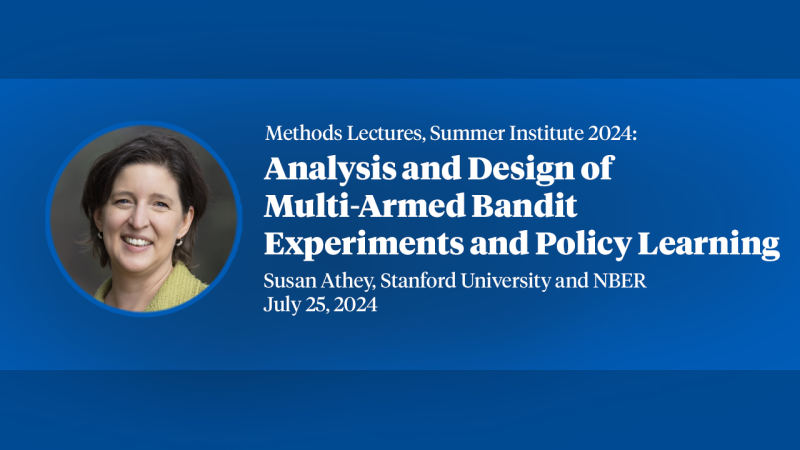A Geospatial Approach to Measuring Economic Activity
We introduce a new methodology to detect and measure economic activity using geospatial data and apply it to steel production, a major industrial pollution source worldwide. Combining plant output data with geospatial data, such as ambient air pollutants, nighttime lights, and temperature, we train machine learning models to predict plant locations and output. We identify about 40% (70%) of plants missing from the training sample within a 1 km (5 km) radius and achieve R² above 0.8 for output prediction at a 1 km grid and at the plant level, as well as for both regional and time series validations. Our approach can be adapted to other industries and regions, and used by policymakers and researchers to track and measure industrial activity in near real time.


